No products in the cart.
Recently Plantly has had the privilege to get their hands on a gorgeous rose. The Floribunda Earth Angel! This rose bush smells like a dream with its fluffy peony-like blooms.
Wow, it smells like heaven and even better. So, we decided to get a care guide together for this well-formed shrub with beautiful roses for all you gardeners.
Botanical Name: Rosa
Other Name: Earth Angel
Plant Type: Rose Bush
Native Areas: Cultivar of Kordes-Proll
Light Requirements: Part Sun
Watering: Average Watering Needs
Fertilizer: Rose Fertilizer
Growth: Height up to 48-inches tall and 36-inches wide
Propagation: Cuttings
Soil Type: Rich, Well Drained, Loamy Soil
Temperature: 68°F With Normal Humidity
Toxicity: Non-toxic to Humans and Pets
USDA Hardiness Zone: 8 to 9
About Earth Angel Rose
The Floribunda Earth Angel crosses between hybrid teas and Polyantha roses bred by Tim Hermann Kordes. Compared to other roses, the blooms are smaller compared to the hybrid tea rose, but the petal count is and blooms in abundance.
The rose bush grows dense and is a hardy shrub with vigorous growth. Unlike grafted roses in most roses, it sprouts light pink with creamish outer petals. The fragrance smells like a strong lemon, or apple, the sweet rose fragrance.
On average, it has up to 95 petals with a globular, old-fashioned bloom form. Still, it has a long, pointed, ovoid bud that tends to flush out through the season. The bushy upright growth provides a rose garden with semi-glossy green foliage with five leaflets.
The blooms also tend to ball out when standing in wet weather.
Earth Angel Rose Care
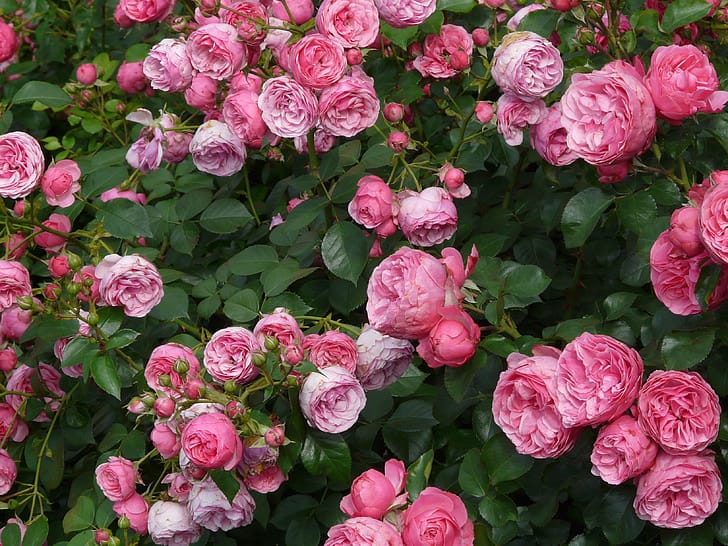
With the Floribunda Earth Angel Roses, you get a bouquet displayed on every branch. Hence, with these bare-root roses, you get clusters of blooms instead of just one flower. Furthermore, these roses are disease resistant and make an impact in the garden.
How and When to Plant These Roses in a Rose Garden
The best time to plant your Earth Angel Rose is in the fall or early spring when it is still dormant. Then, if you receive your roses after spring place, your potted rose is in a spot with enough light.
You can keep them watered until planting time arrives or place them in larger containers. The reason for not transplanting at this time is there is more risk of damaging the root system. The same applies if you receive your grafted rose in winter.
Remove the packaging to check if the soil is damp, and store them in an unheated place for protection from frost.
Wait until early spring to plant them into the ground. If winters are harsh, you can provide fleece protection as well. Here are some steps to follow for planting your Earth Angel Rose, similar to other roses.
Water thoroughly an hour before planting.
Take a separate container to mix some soil, organic rose food, and compost.
Dig a hole about twice the container’s width and add a layer of compost to the subsoil if you have clay-like soil.
Remove your rose plant from the pot and tease the roots apart. Where needed, prune damaged or broken roots and plant the root ball at ground level.
Backfill the gaps with the soil mix but do not pack it too tight.
Water well, allowing the soil to settle in, and add as needed.
Essential Soil Needed For Earth Angel

Whether you decide on a perfect site in the garden or keep your Earth Angel growing in containers, provide them with well-drained soil.
These roses look lovely grown in pots or in the garden. The roses are fragrant to fill the air on a patio or yard’s border.
So, provide loose soil with organic matter and a deep container for the long tap roots.
Lighting Needs For Your Roses
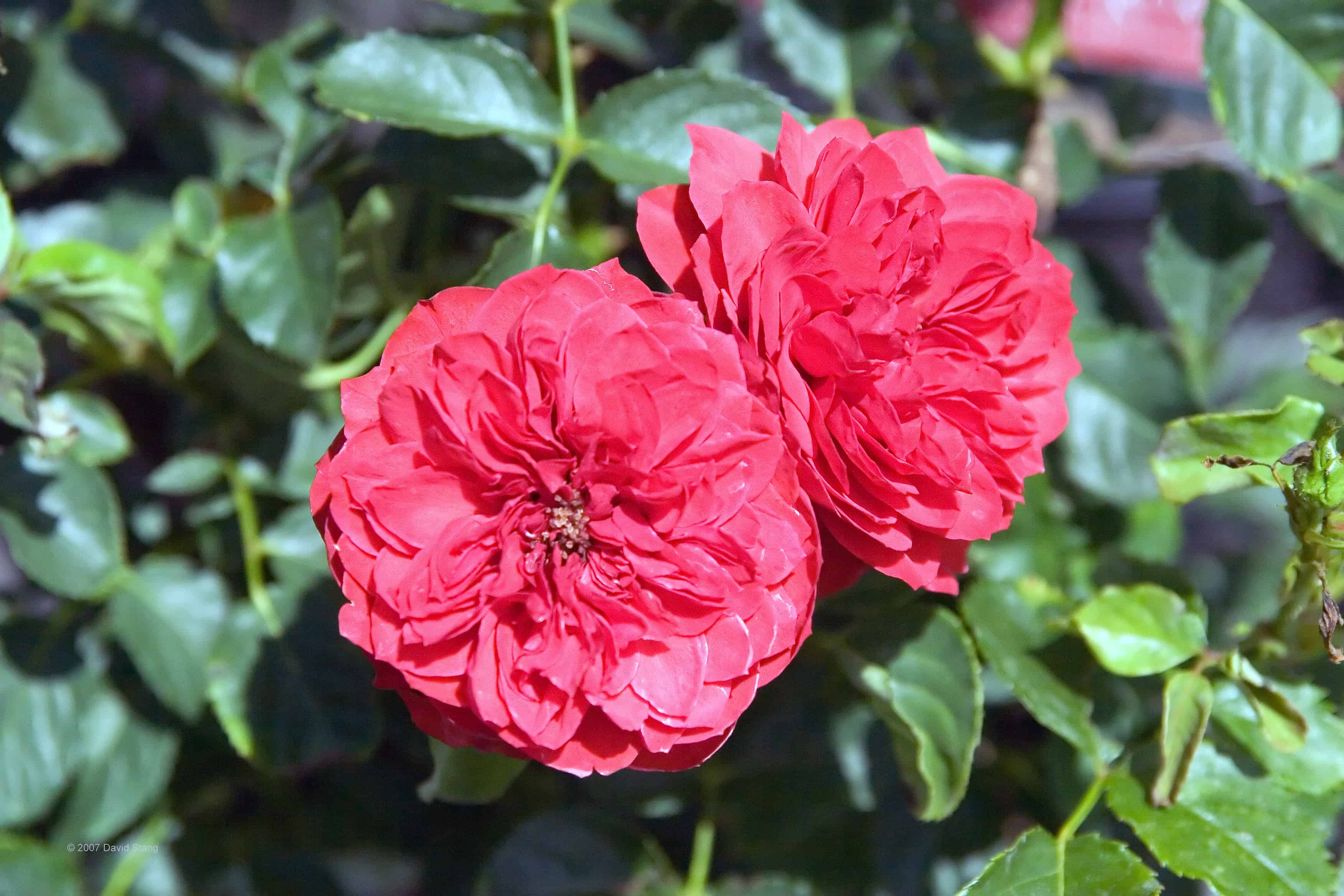
The Earth Rose prefers a sunny spot sheltered from winds. So, it helps provide them with some direct sunlight and afternoon shade. With the full sun in the morning, you can expect some gorgeous first blooms.
Watering Your Plants
Once planted, your Floribundas will need regular watering in the first year to become established. While roses are thirsty plants, these species are hardy and do not need a lot of water.
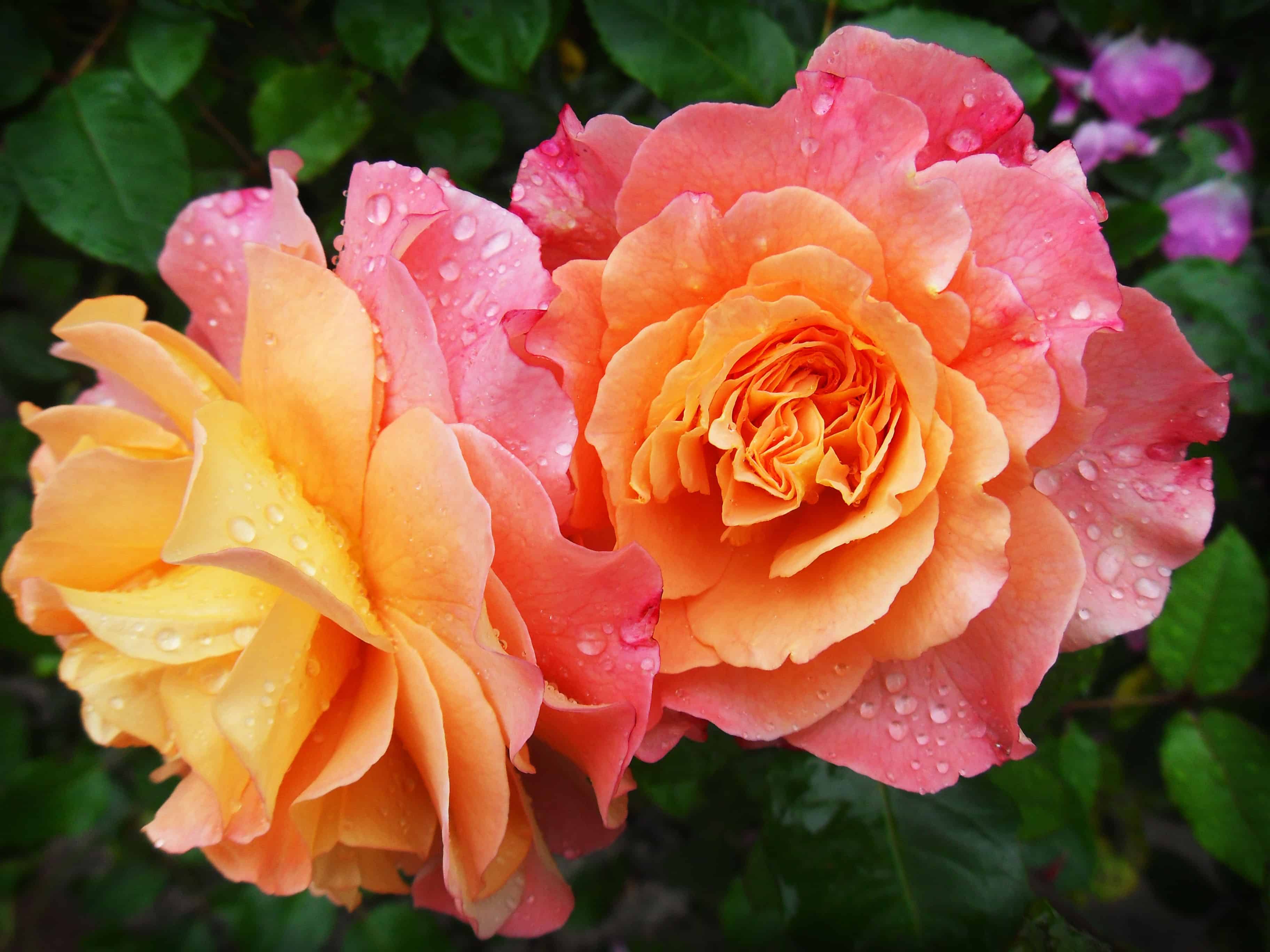
We recommend watering at the base of your container plants and avoiding wetting the leaves to prevent diseases and leaf scorch. You will find that you will water more during the growing season.
For containers, you will need to water often and allow the excess water to drain to prevent root rot. So, the rule is to stick that finger in the soil to check the soil moisture before watering.
Temperature and Humidity
The critical thing about temperature and humidity is to consider where you live. Your rose bush will need protection from extreme cold.
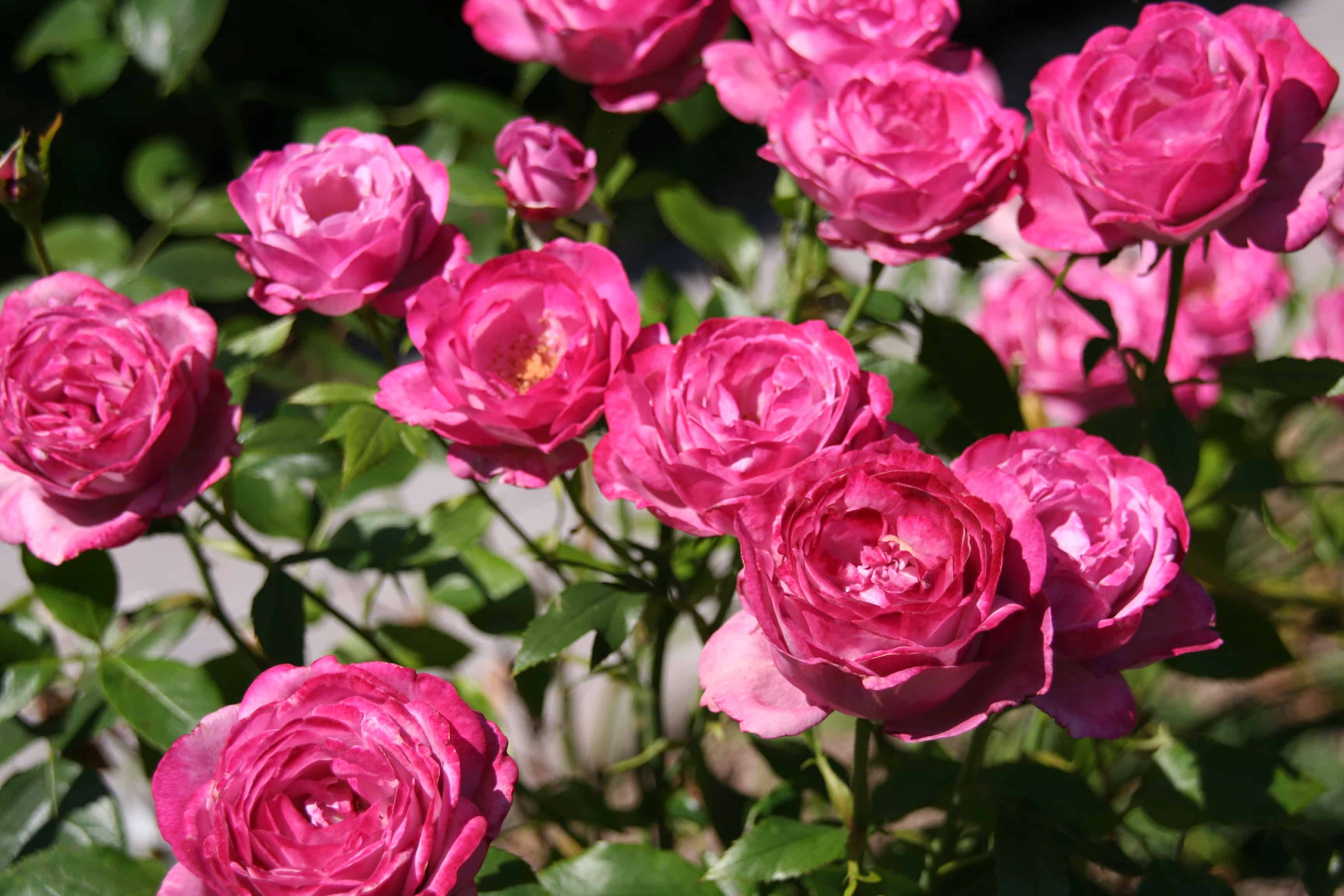
So, if you grow your roses in containers, you can move them into a protected area away from freezing temperatures. Alternatively, you can use some horticultural fleece, sacking, or bin liners to prevent frost damage.
Once the worst cold in late winter passes, you can remove the protection.
Fertilizing Your Roses

Your roses are heavy feeders when planted in the garden or a container. You can feed your roses in spring with a slow-release fertilizer like a granular or powder one.
Then feed them again in mid-summer. Also, add some mulch around the base to retain moisture and control weed growth. We recommend doing this in late spring or in the fall.
Pruning Your Roses
When you grow these plants, you typically grow them in groups as a hedge or masses as filler plants. For pruning your roses as a hedge, you will need some hedge shears. Pruning aims to provide your roses with shape and remove weak to overcrowded wood.
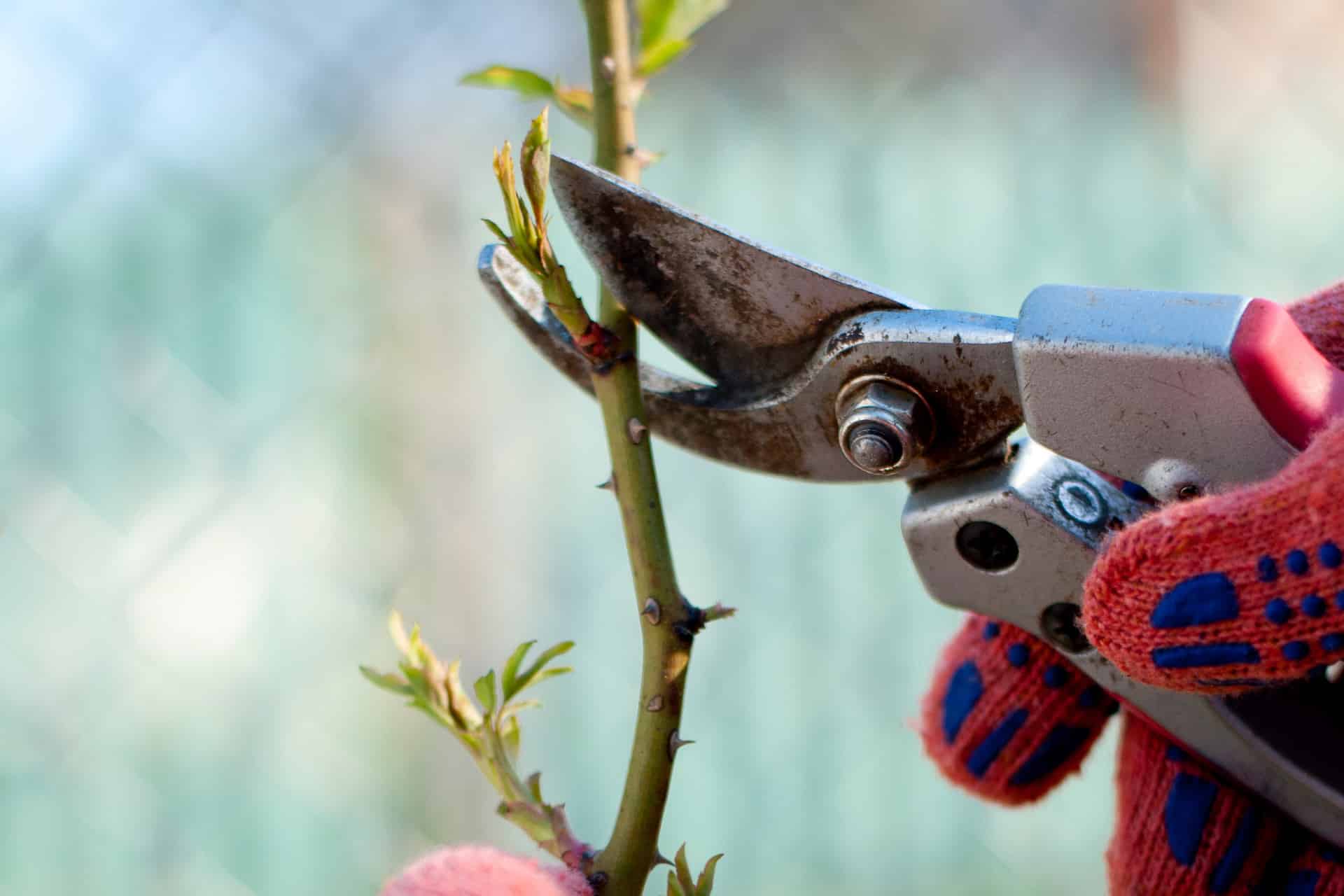
Early spring is the best time to prune, as the rose canes die because of low temperatures. However, we recommend pruning after the cold and before the swelling of a new bud. Also, ensure to wear some hide gloves to protect yourself from pricks.
Here are different ways you can prune your Earth Angel Roses
Forming a Dome Shape
For mass or hedges, use your hedge shears and cut through the soft growth of last year (ones with thin green tips.)
When shearing, try to turn your single outdoor plant into a dome shape and hedges into mounded shapes. Doing this allows for more light and allows for more flowering.
Remove Crowded And Unhealthy Growth
We recommend starting with the thick prickly growth, making reaching the rest of your plant easier. Then take hand pruners to remove the dead growth with loppers on larger wood.
Furthermore, you need not make a usual cut above a node and can just cut away. Make cuts at different heights, leaving growing tips at the top and the interior. You can do this annually.
Removing The Sucker’s
Suckers are weak growth at the base of your rose tree and makeup part of the grafted roses. Carefully look at the base as the suckers sprout near the soil and base of your roses. Then, you need to remove them as they are most likely from the rootstock and the rose’s own root system.
Still, do not cut the suckers but rip them off using your hands as it will prevent them from re-sprouting again. We recommend removing suckers at the end of the growing cycle as it looks different from the cane. Hence, it helps to let it grow to examine if the leaves or buds look different.
Deadheading Roses
Use your shears to deadhead roses by snipping them a few inches below the spent flowers. Hence, do it below the swelling flower bud.
Another notable thing is that sometimes a long cane will grow; you can cut them as low as possible as many more will bolt out. We recommend stopping this at the end of summer as it helps the remaining blooms to produce hips that are the fruit of the roses.
Furthermore, it also helps prevent winter wood kill.
Potting Your Earth Angel
If you decide to keep your rose in a container, you must provide them with deep containers and ample drainage. Here are some tips to make your repotting easier:
Leave your rose standing in water for about an hour before transplanting it to another pot.
Loosen the edges around the container and gently pull it out, holding it at the base of the main stem.
To place in a larger pot, place some soil at the bottom before you insert your plant.
To encourage new growth, add some superphosphate to the soil as it helps build a healthy root system. Then, you can mix it in with some soil and compost.
Water deeply and keep it well watered for a few weeks for the roots to establish.
Your container roses need repotting every 3 to 4 years, and there are some telltale signs that your roses need repotting.
When your roses reach full maturity and look less healthy than normal, they might need repotting. Also, check if the soil dries fast or if any roots are growing out of the drainage holes.
Propagation of Earth Angel
To root roses from your Earth Angel, you can do this from cuttings as in the steps below:
After your rose blooms fade, use a clean, sharp knife to take softwood cuttings in the morning hours. Choose a healthy stem between withered blooms and a woody base.
Next, remove the bloom and the stem tip and cut it at a 45° angle above the first set of leaves at the top and then again above another set of leaves at the bottom.
Then place your cut stems in water and cut them into eight-inch long lengths, each with four nodes attached.
Next, remove the lower leaves on each cutting, moisten the bottom half, and place into a rooting hormone.
Make a planting hole using a pencil about four inches deep in a rooting bed or container.
Insert the cut end into the hole with the bottom half and two nodes covered.
Water well and moisten the soil when the top few inches are dry.
Floribunda Earth Angel Rose Varieties
In the Floribunda Parfuma collection, you can find different varieties of roses.
Parfuma Bliss
The rose tree blossoms creamy pink roses with a blend of apricot infused. It blooms throughout the season and has astounding disease resistance.
Parfuma Dark Desire
The flower is cupped and shaped with a violet-red color with black buds.
Parfuma Summer Romance
The rose tree has a dark pink cupped-shaped flower with an intense fragrance.
Floribunda Common Diseases and Pests
While the Earth Angel is disease resistant, you can still find pests and other concerns similar to other roses.
Lack of flowers continuously can result from blindness as the energy is diverted to growing foliage and not flowers. Also, it can result from weather, too much shade, or not removing older wood.
Rose aphids can suck out the sap of your plant and are found underneath the leaves and the buds. You can use an aphid killer.
Black spot is another concern showing up as dark purple or black blotches on the foliage. Finally, the leaves turn yellow and will start to fall off. The best is to destroy the fallen affected foliage and use a fungus killer spray.
Inadequate care to weather conditions and pests can cause dieback of your roses. Provide well-drained ground and do pruning annually.


